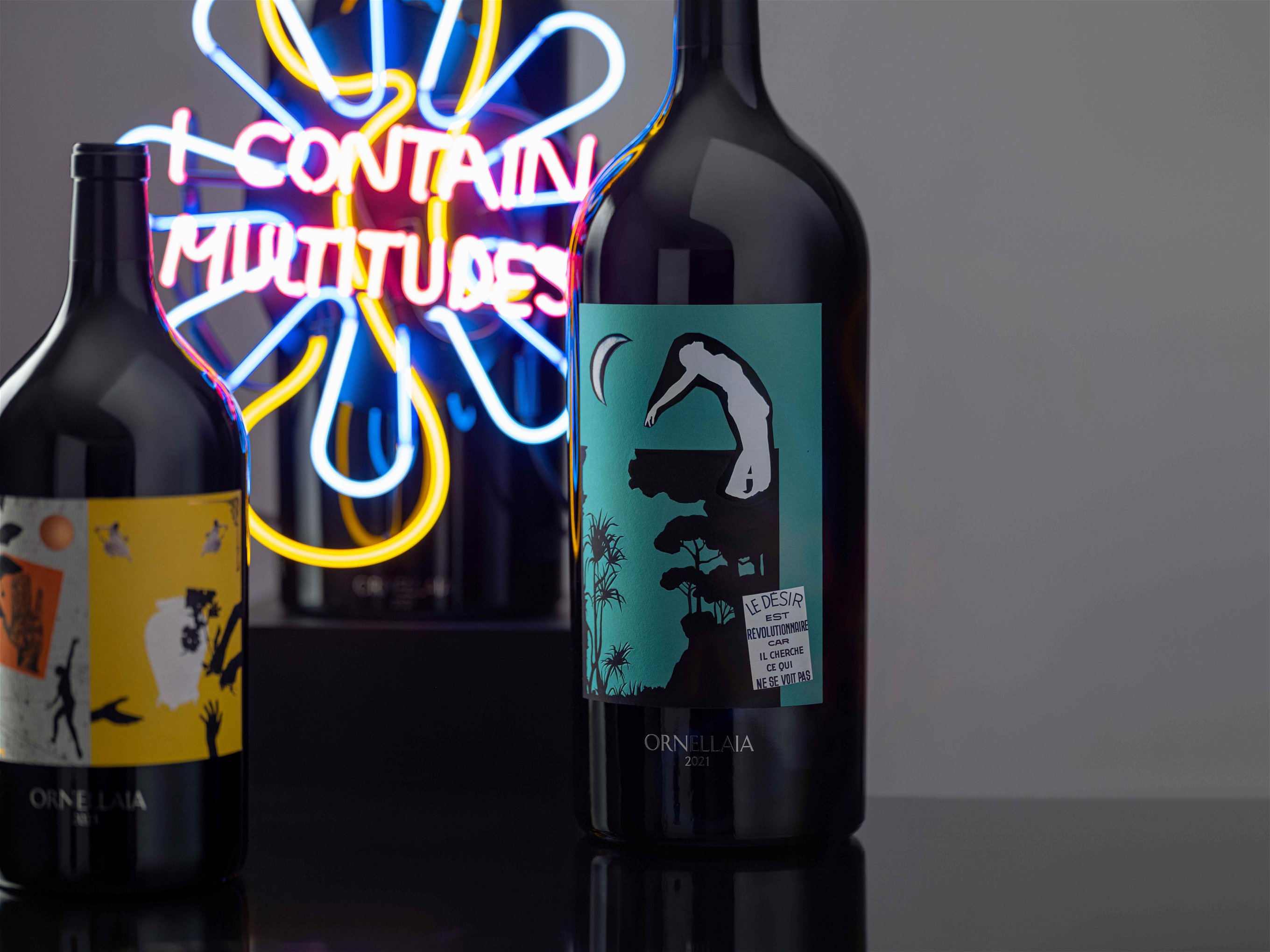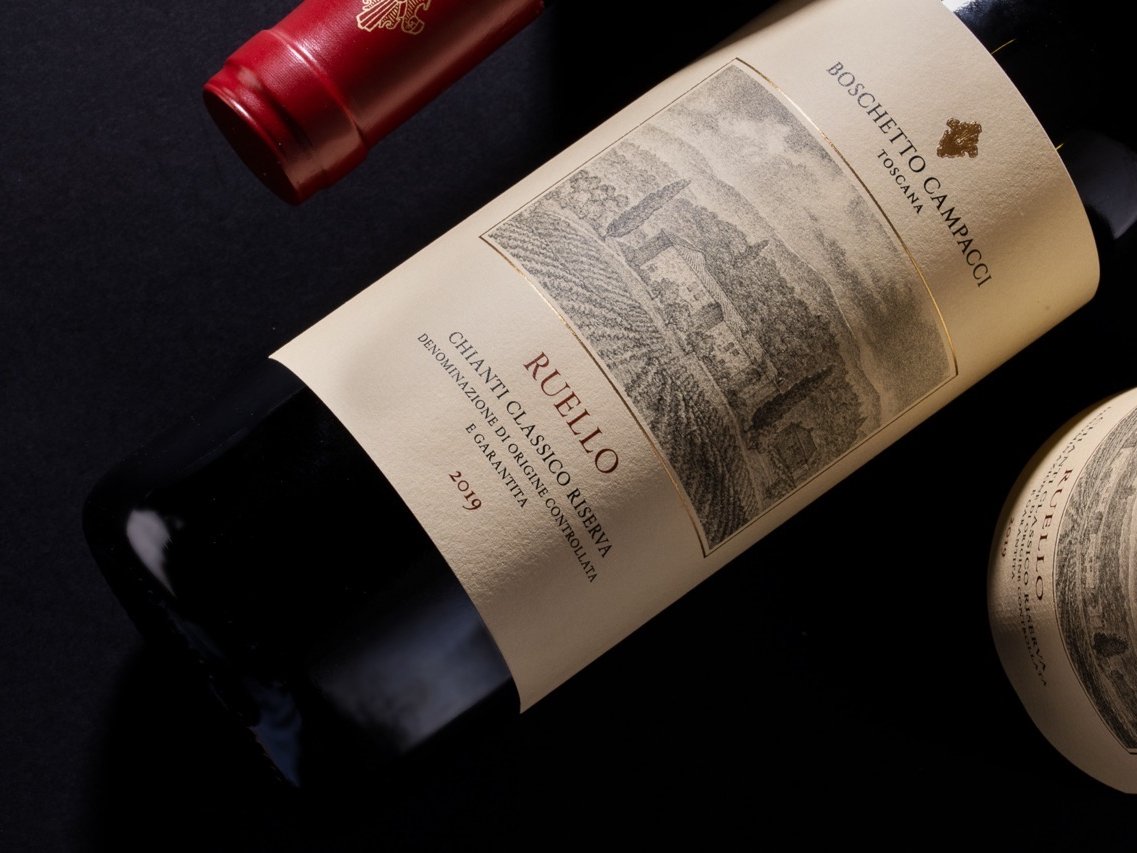Five wine trends 2023
At the beginning of the year, Falstaff dares to look into the crystal ball: What will be the big topics in the wine world in 2023?
1. Burgundy rules
While Bordeaux is struggling to get out of its slump, Burgundy is leading the international wine markets. The London wine exchange “Liv-Ex” even speaks of a “seismic shift”: While 820 different Burgundies were traded on the platform in 2018, by 2020 there were already 1588, and in 2022, which has just ended, there were 1924. The success of Burgundy is also shifting the balance in German viticulture: even if King Riesling is still the undisputed German wine par excellence, Burgundian varieties are catching up more and more – in reputation, in price, and not least in appreciation by winemakers and markets.
2. Local wines
They represent the second level in the quality pyramid after the “estate wines”: local wines are wines made from grapes grown in a wine-growing region named on the label. The grapes either come from lesser-known sites, or they are a blend of top sites – often from young vineyards, or from grapes that were not good enough for the top site wine. This may sound like a “second choice” – but because of their mostly moderate price, these wines are nevertheless highly attractive. The price reduction compared to a Grosses Gewächs is usually much greater than the qualitative sacrifices. In fact, local wine from a good house often has more potential for enjoyment than many wines from a second-class site. This is exactly the kind of offer that fits into today’s economic environment.
3. PIWIs
As early as the 19th century, attempts were made to breed fungus-resistant grape varieties. The trick is to cross American varieties, which have become resistant to mildew over the course of evolution, with the sensitive European Vitis vinifera. Now, however, it is the case that grapes from American grape varieties do not really produce fine aromas, and unfortunately this characteristic is often inherited by the crosses. Only in the last 30 years, and especially in the last ten or 15 years, have breeders made progress. Currently, grape varieties such as the white Cabernet blanc and Souvignier gris or the red Pinotin, Cabertin and Satin noir are causing a sensation. And other, presumably even better varieties are already being tested. For basic wines and up to the good middle class, PIWIs are a real alternative. From an economic and ecological perspective, there will be few arguments in the future for producing a plain-tasting litre of Riesling with a high pesticide input if a PIWI table wine can be produced at the same price (or even cheaper) and with few plant protection measures.
4 Kabi
If one takes the auction results of last year's VDP and Bernkasteler Ring auctions as a gauge, it seems that the Kabinett wave has still not reached its peak. Prices for Egon Müller's Scharzhofberger Kabinett Alte Reben (626 euros) or for the auction version of J. J. Pümmer's Wehlener Sonnenuhr (506 euros) are not likely to whet the appetite of the average wine drinker, but fortunately outstanding Riesling Kabinett is still available at many estates for around 10 or 15 euros. These wines, too, let you experience the whole fascination of the Kabinett, especially after an ageing period of five to seven years: its unique composition that makes the sweetness disappear behind freshness and minerality like a Houdini trick, and its inspiring lightness that offers maximum expression with minimum alcohol.
5 Political spats
The EU Commission is planning to ban all crops in nature reserves that require the use of pesticides. About a third of German vineyards would be affected by such a ukase. Since organic sprays are also to be banned, these measures would mean the de facto end of more than 30,000 hectares of vineyards, for example, almost the entire Mosel valley, Lake Constance, Kaiserstuhl and dozens of other well-known regions. Naturally, the winegrowers' associations are up in arms. It is not possible to imagine that the plans will be implemented as envisaged in the draft. But even for wine connoisseurs, it is important to follow the developments closely so that hundreds and thousands of wineries do not suddenly have to close overnight – and some of our favourite wines disappear from the shelves.











